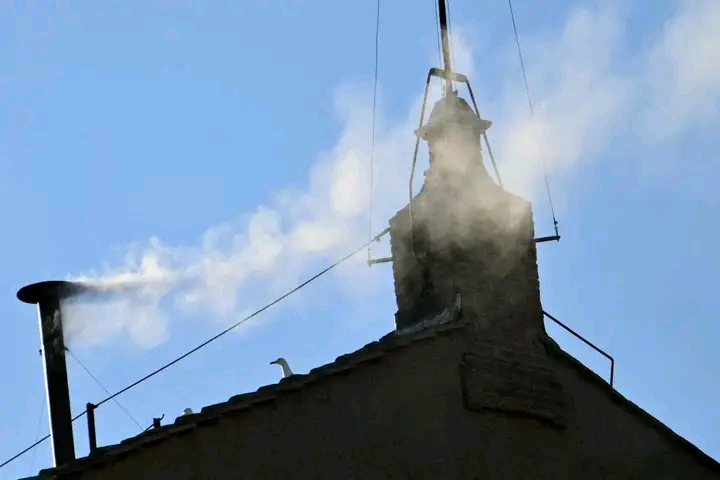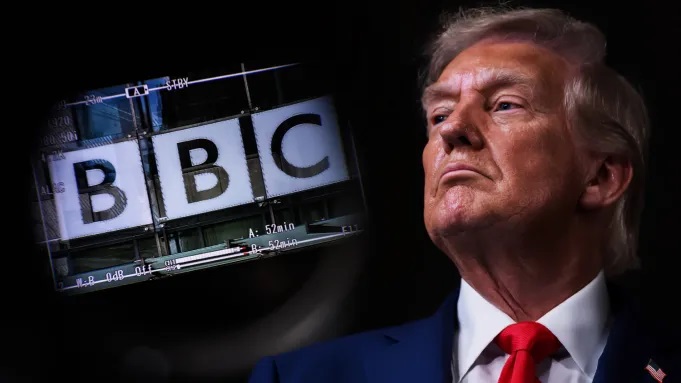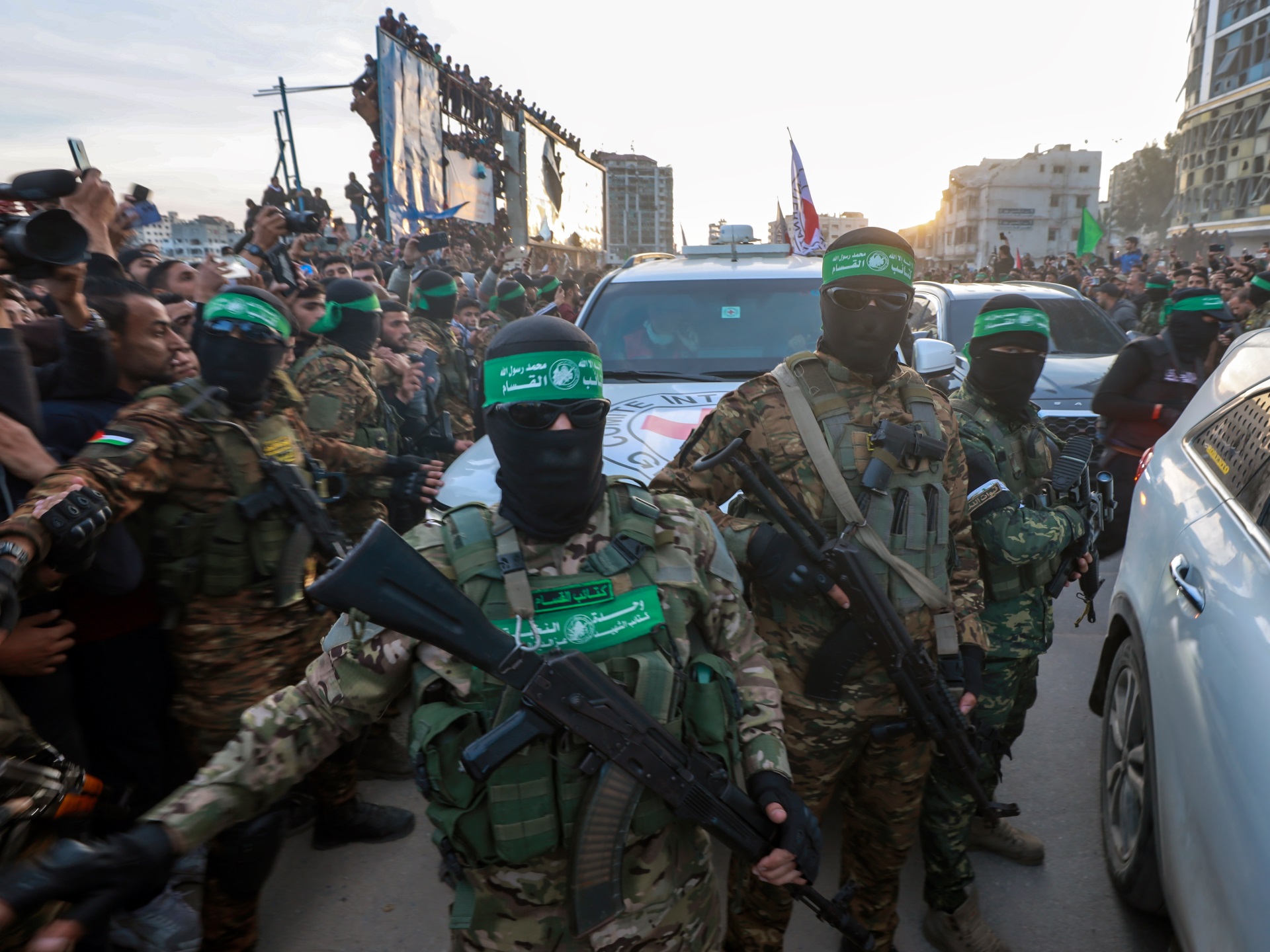On Thursday, white smoke emerged from the chimney of the Sistine Chapel, signaling that the cardinals inside had elected a new leader for the 1.4 billion members of the Catholic Church.
The sight of the smoke prompted cheers and applause from thousands of pilgrims and spectators gathered in St. Peter’s Square, as the bells rang to announce the election of the Church’s 267th pope, following the death of Pope Francis last month after a transformative 12-year tenure.
Attention now turns to the balcony of St. Peter’s Basilica, where the newly elected pope will be revealed. He will introduce himself in Latin, sharing his chosen papal name and addressing the world for the first time.
The new pontiff faces significant challenges ahead, tasked with asserting his moral authority amid global conflicts while addressing ongoing issues within the Church, including the repercussions of the sexual abuse scandal and financial difficulties faced by the Vatican.
The conclave, comprising 133 cardinals from five continents—the largest ever—commenced voting on Wednesday afternoon. Bound by a vow of secrecy, the cardinals communicated their progress through the smoke signals emitted from the Sistine Chapel chimney.
On Wednesday evening and again on Thursday afternoon, black smoke emerged, eliciting disappointed reactions from the masses gathered outside. However, shortly after 6 PM (1600 GMT) on Thursday, the arrival of white smoke confirmed the election of a new spiritual leader for the Catholic Church.
Following tradition, the new pope will enter the Room of Tears to embrace the emotional moment before donning a papal cassock for the first time. He will then return to the Sistine Chapel to receive the pledge of obedience from the cardinals.
The newly elected pope will make his appearance on the balcony alongside a senior cardinal, who will announce to the waiting crowd, “Habemus Papem” (“We have a pope”). He will follow this with a brief address and his inaugural “Urbi et Orbi” (“To the City and the World”) blessing.
The timing of this election coincides with significant geopolitical uncertainty, which emerged as a key consideration for the cardinals, along with the internal divisions within the Church.
Pope Francis was known for his compassionate reformist approach, focusing on issues such as migration and environmental concerns. However, his style was often met with criticism from traditionalists who preferred a pope more committed to doctrinal preservation rather than one who sought the spotlight.
Notably, approximately 80 percent of the cardinal electors were appointed by Francis himself, representing 70 countries, making it the most diverse conclave in history. Nonetheless, this diversity did not guarantee that the cardinals would select a candidate aligned with Francis’s vision.
The choice before them was whether to elect a pastoral leader or a diplomatic figure, a liberal or a conservative, someone experienced within the Curia—the Church’s governing body—or an outsider from regions where the Catholic faith is flourishing.
Before their deliberations began, the dean of the cardinals, Giovanni Battista Re, urged them to select a leader capable of maintaining the Church’s unity during these trying times and to navigate the complex challenges faced globally, including the rise of ultra-nationalist movements.
The Church is also grappling with modernity, facing declining numbers of priests and increasingly empty pews in the West.
The papal inauguration typically occurs within a week of the election, featuring a mass with attendance from political and religious leaders worldwide. The new pope is expected to make his first tour of St. Peter’s Square in his popemobile before delivering a homily outlining his key priorities.





